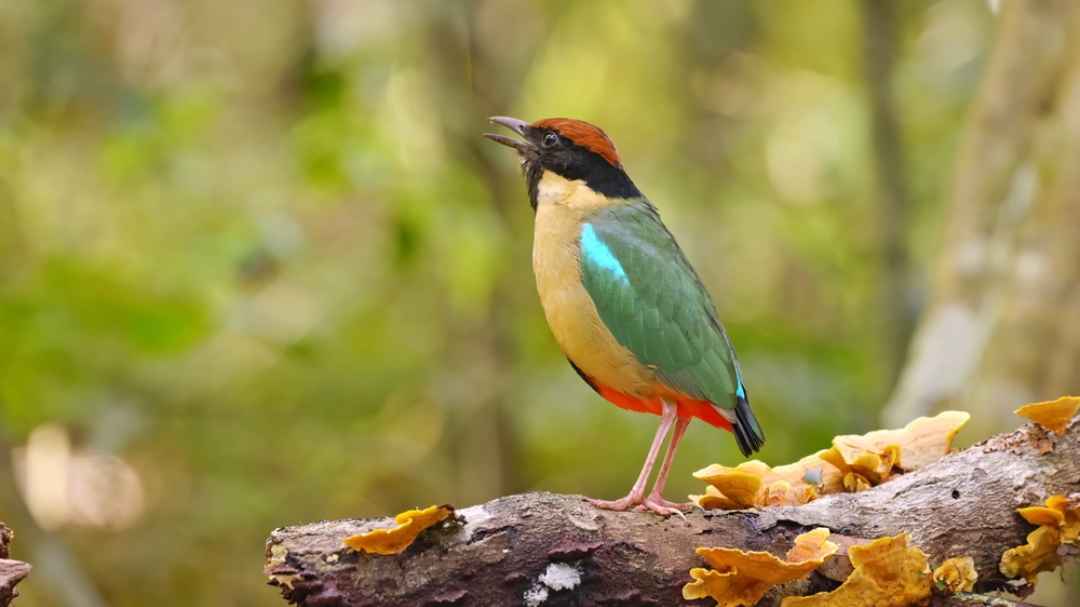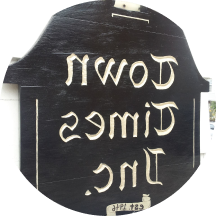A study of wild Australian birds found that an invidiual's gonads and appearance may not align with its genetic or chromosonal sex determination. The phenomenon is more common than expected and "may challenge the reliability of traditional sexing methods" reliant on morphology.
The ability to unequivocally identify the sex and reproductive status of individuals is crucial across many fields of study. Recent evidence indicates that avian sex determination is more flexible than once believed, with sex-reversed individuals identified in domestic bird populations—that is, individuals exhibiting gonadal and morphological traits of one sex while possessing the chromosomal make-up of the opposite sex. The presence of these individuals can challenge the reliability of traditional sexing methods t

 Boing Boing
Boing Boing

 TownTimes news.com
TownTimes news.com IFL Science
IFL Science Associated Press Entertainment Video
Associated Press Entertainment Video Raw Story
Raw Story Nicki Swift
Nicki Swift WTOP
WTOP